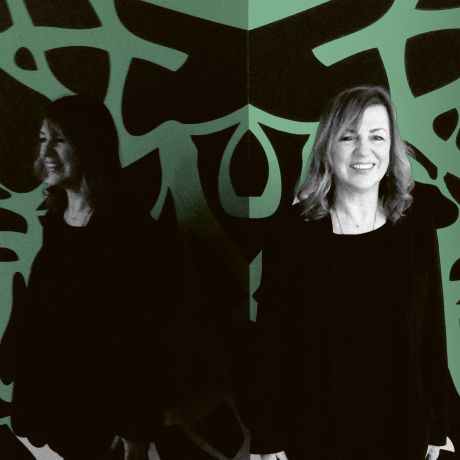
In the smartphone
Brussels mag N°16
Values
TEXT Johan-Frédérik Hel Guedj
PHOTOs p. aduatz, m. pinarelli, A. LOVENBERG
Three women and one man, four facets of an object: a work of art, a piece of craftsmanship, creation of the design and sustainable material.
Judging the value of an object is an art in itself. The value can change, and quickly. This fact has not escaped the attention of the duo at the Collectible design fair, Clélie Debehault, a Belgian from Paris, and Liv Vaisberg, a French woman from Antwerp, seeking to attract art collectors to design objects. If certain designers aim for the status of an artist, the opposite is not true. What distinguishes these objects is firstly their functionality: a functional work will enter the category of design. Juggling with definitions, this year, Collectible is opening a new section where galleries are presenting artists’ objects. Liv emphasises, “we want to increase an object’s value in the eyes of collectors of ‘historical’ design in order to lead them towards what is contemporary”. Confronted with this, the reflex would be to consider the price of a table or a chair, even if they were unique, to be too high for a piece of furniture (and too low for a work of art). There is a hiatus here that they wish to eliminate. In this, they are part of a movement that sees the appearance of an object or the choice of materials as having a meaning, “these are sustainable materials, recycled industrial waste which is generating a new interest among collectors”. At the London Design Week and the Dutch Design Week in Eindhoven, Liv and Clélie observed the strong presence of this trend among young designers who used jeans, plastic and recycled leather randomly. Clélie stressed “the intellectual and spiritual approach of the designer” is close to that of an artist. Liv insisted, “the design is not only decorative art: the story is important”. The story that an object recounts contributes to its uniqueness which, in turn, alters the look, creates the rarity and the value. The functionality no longer devalues it. With all this two-way traffic, backwards and forwards, the craftsman penetrates increasingly into the field of contemporary art. Thus, we learn from Liv, “an artist has presented a work of art with the functionality on view, which is but a game”.
An intangible heritage
From the point of view of the art craftsman, Madina Benvenuti started out from her needs. First of all, she observed, as many others, the difficulty of finding a craftsman capable of restoring an object. Talking of a rare object brings to mind a rare savoir-faire. Italian-French, born in Switzerland, with links to Ticino and Alsace, but a Brussels resident by adoption, Madina arrives at an object by the image. At the beginning of the 2000s, she was the joint manager of the Paris Planète agency, specialising in the representation of cultural heritage, then she joined Photonika, a Japanese agency in Paris. There, she refined indexation methods for images in order to facilitate access. Since 2013, Mad’in Europe has been applying this indexation to some 200 craft professions in Europe relating to art and heritage.
The purpose is to facilitate access to this intangible heritage of European savoir-faire, by enhancing its variety and uniqueness in relation to the destructive effect of luxury items. “The domination of the major luxury groups standardises the gesture and the result. With regard to the territorial entrenchment of the artistic professions, if it firstly serves the conservation of our heritage, it does not prevent us from revisiting them from a modern viewpoint.” The candidates retained by Mad’in Europe satisfy two main principles: based in Europe, they have to produce and exercise their profession in Europe, without any outsourcing. Today, there are 1800 representatives of this level of excellence who master materials and techniques. This is in fact what distinguishes the craftsman from the artist, “the former disappears behind the object, but he is creative and produces, the latter often only has ideas that are implemented by others”.
The meaning is essential
“Although luxury goods surf this wave, by serving a consumer desiring an object whose origin he knows, they do not spread out at the base of the pyramid. The advantage of our creators of objects is that they do not have a distribution network, they have hardly any general overheads and there are no royalties to be paid. The difference in price with the manufactured luxury items is small, but their originality is very significant. This is still very different from an initiative such as Doppia Firma, financed by Richemont (South-African financial group based in Switzerland, owners of Van Cleef & Arpels, Officine Panerai or Cartier): 12 tandems of artists and designers. With Mad’in Europe, we return to a form of rarity, such as the creator of a staircase who draws everything by hand directly on the floor; and with its roots in family history, such as the scagliola incrustation technique using mother-of-pearl, wood and pigments, which the Bianchi family has been specialising in for two centuries”. Such an acquisition has the merit of avoiding the speculative dimension of the art market according to a simple principle: “given that this is a unique object, I now possess something that others do not have, and I acquired it at a reasonable price”.
Christophe Veys is a collector of ideas. “In modern art, one often buys a protocol rather than an object. And yet, the notion of meaning is essential, doubtless as a reaction to the excesses of conceptual art. This explains the resurgence of craftsmanship and forgotten techniques. However, as far as I am concerned, I am not impressed by savoir-faire without reflecting on the meaning: the mastery of technology must mean something. The meaning is essential.”
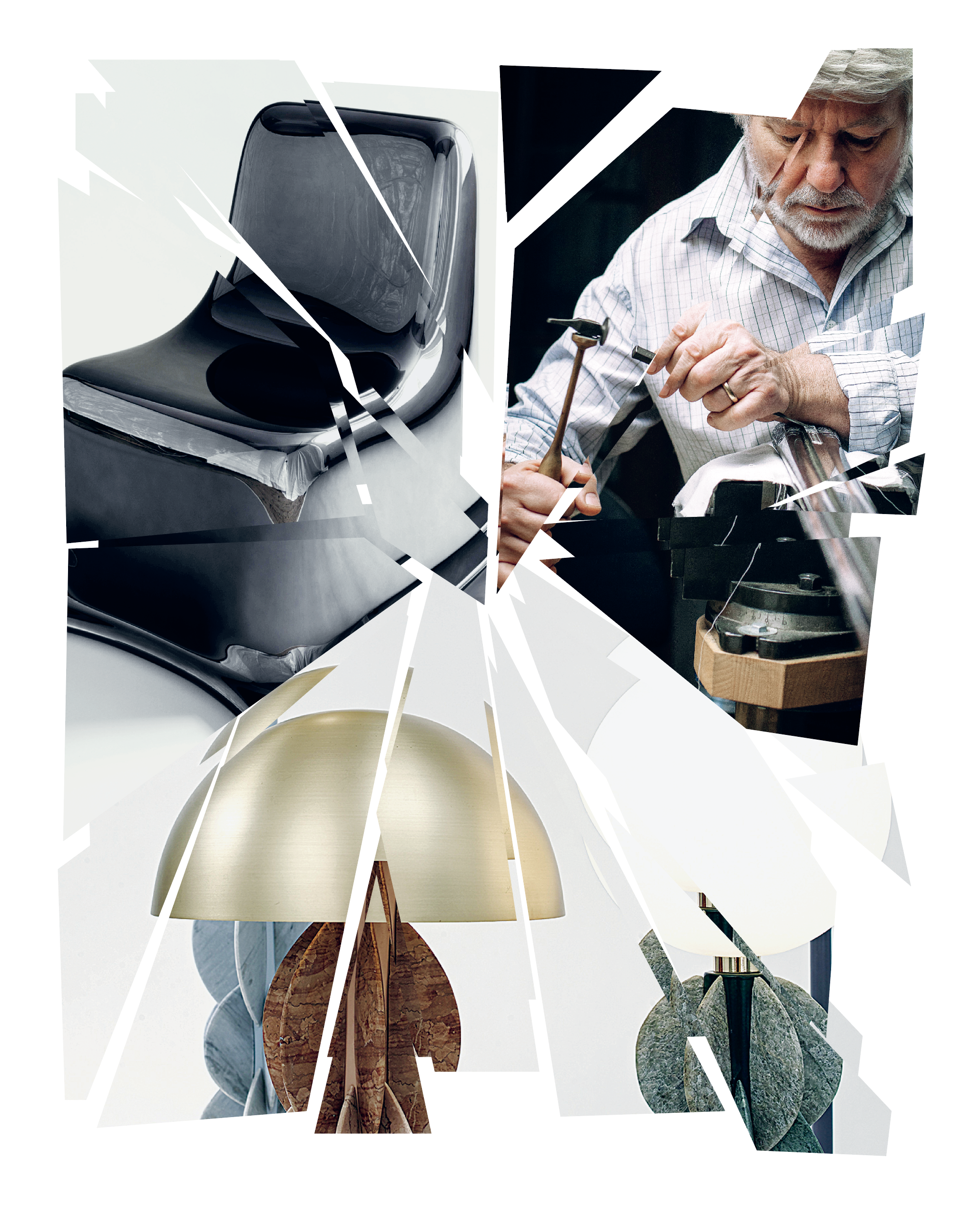
“In modern art, one often buys a protocol rather than an object. And yet, the notion of meaning is essential, doubtless as a reaction to the excesses of conceptual art.”

In the smartphone
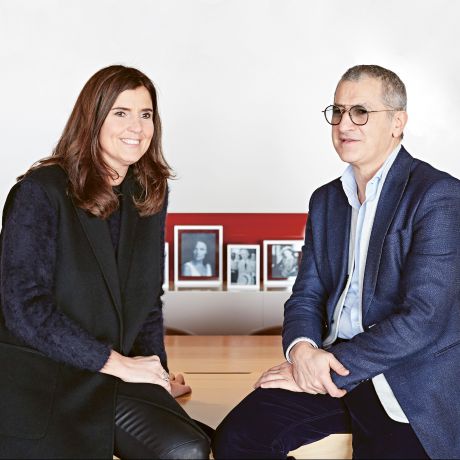
Face-à-face

Portrait
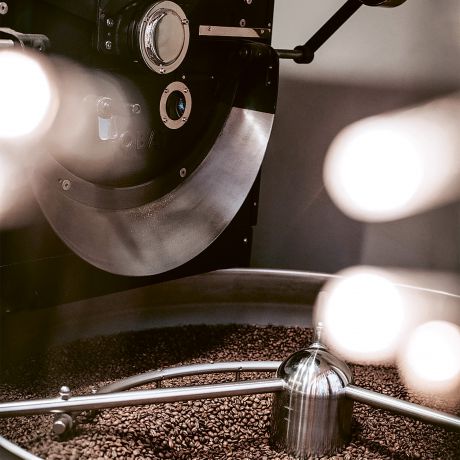
Behind the scenes
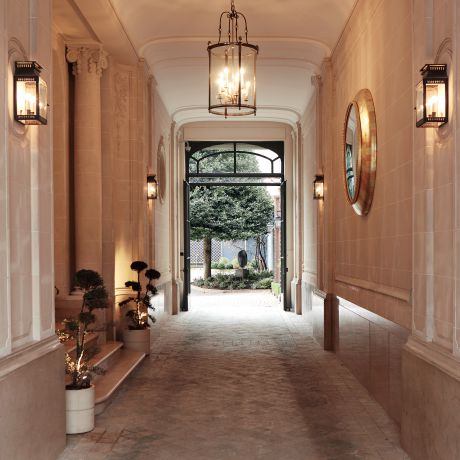
1 establishment, 3 crafts
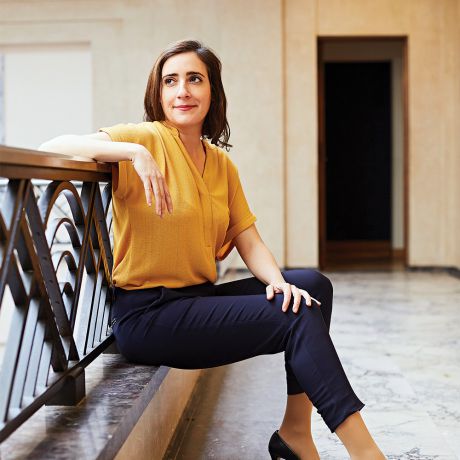
Expat
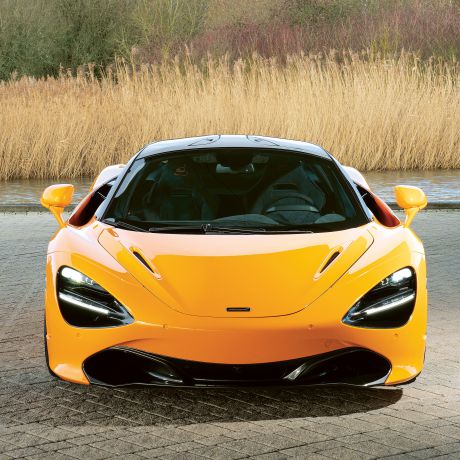
Beautiful racing cars

THE MOST BEAUTIFUL ONES